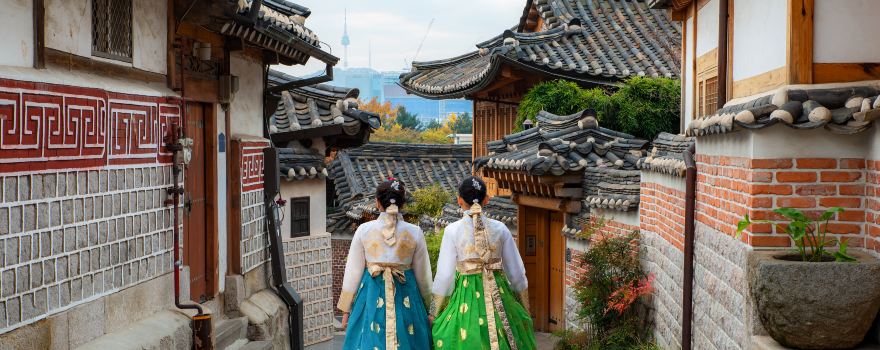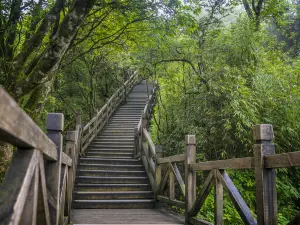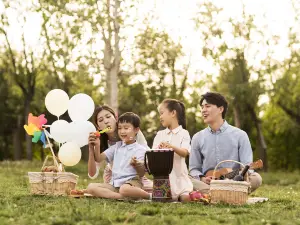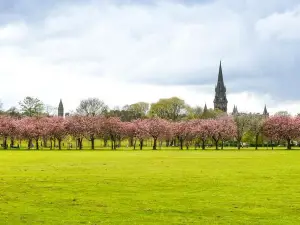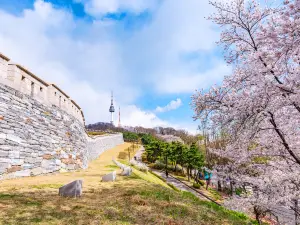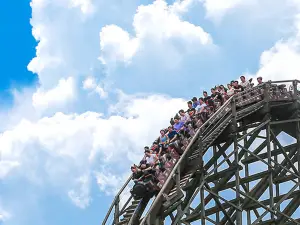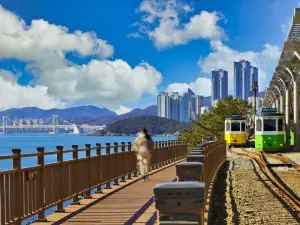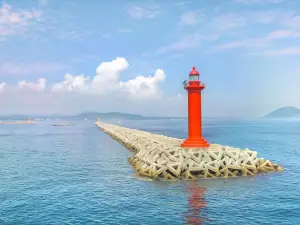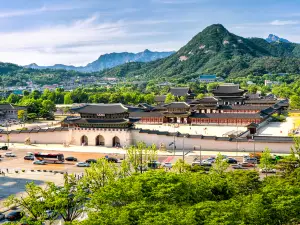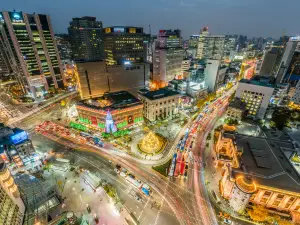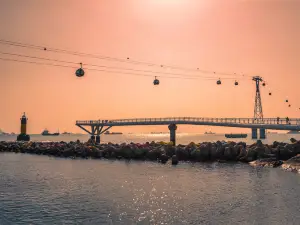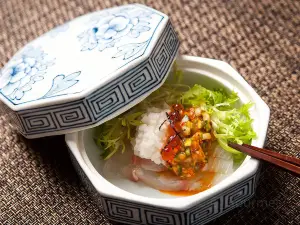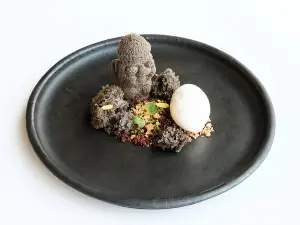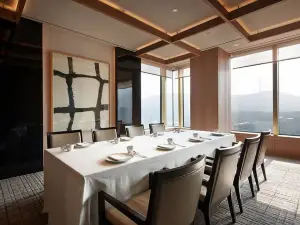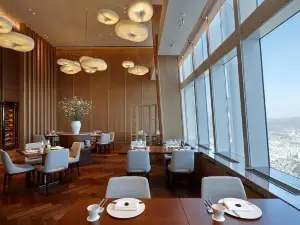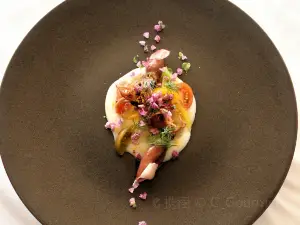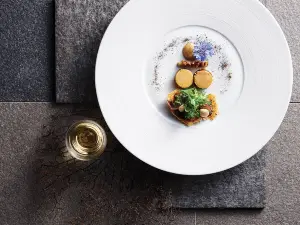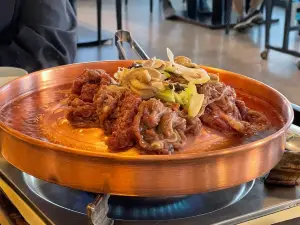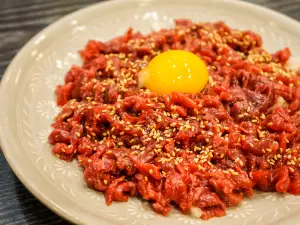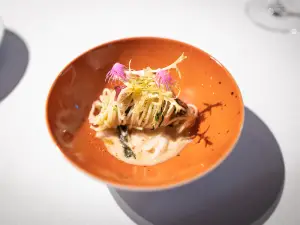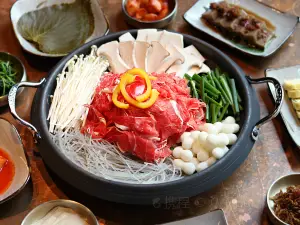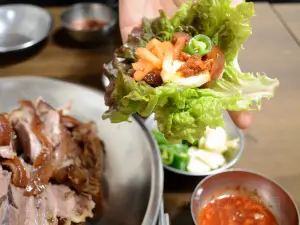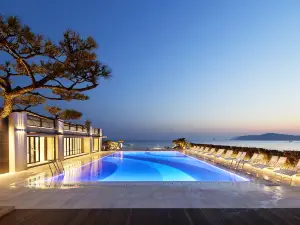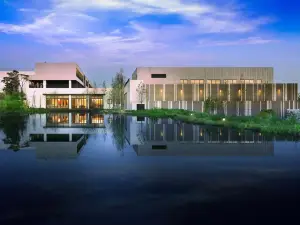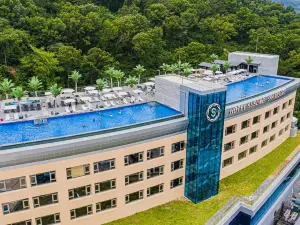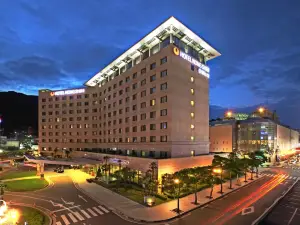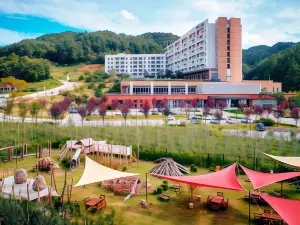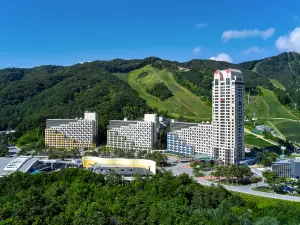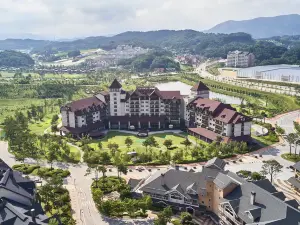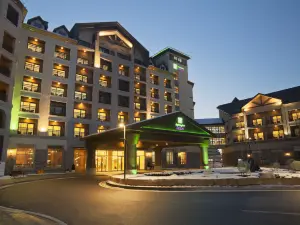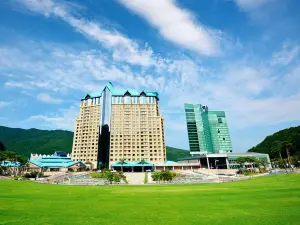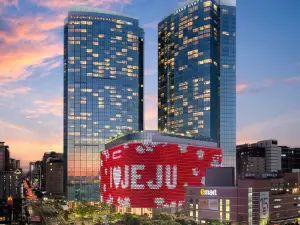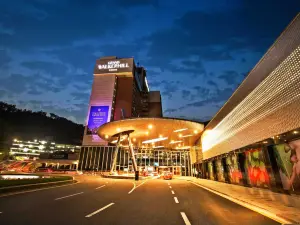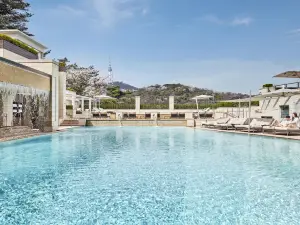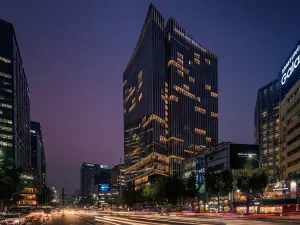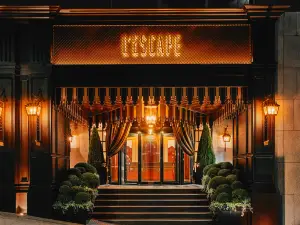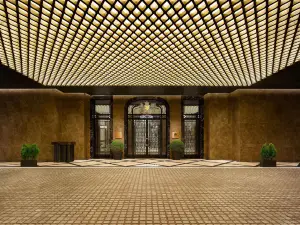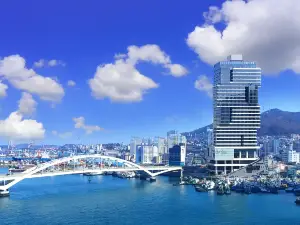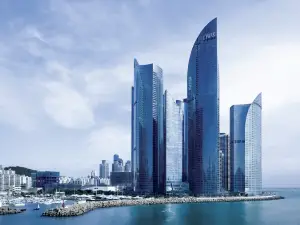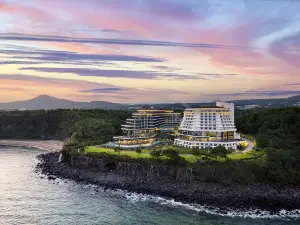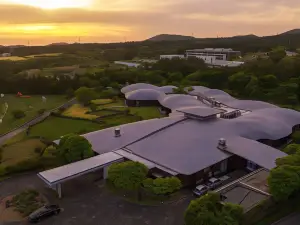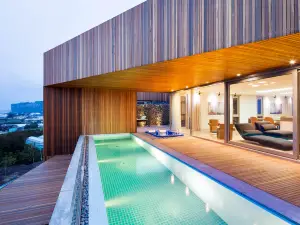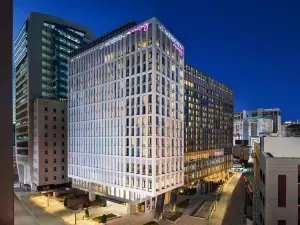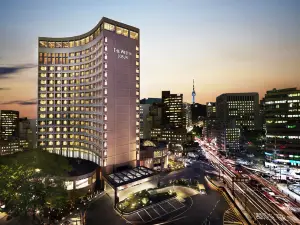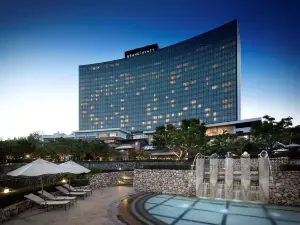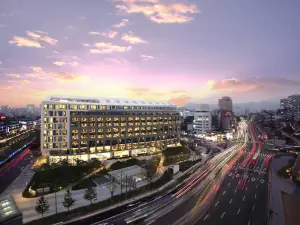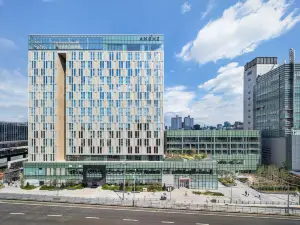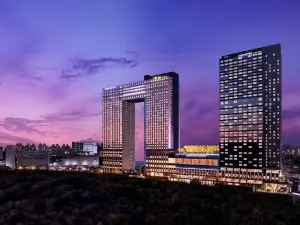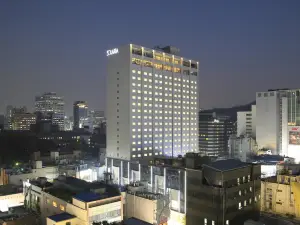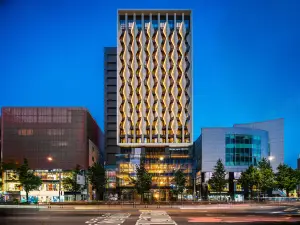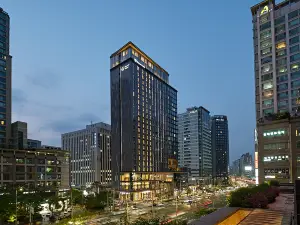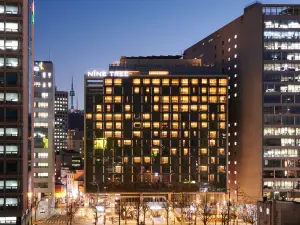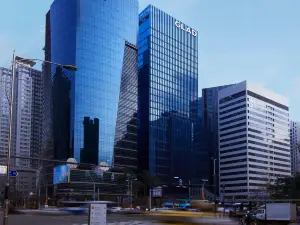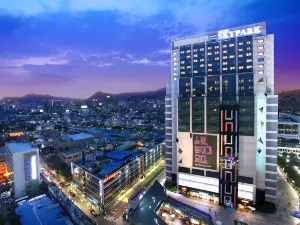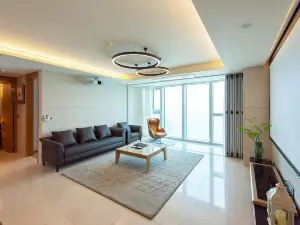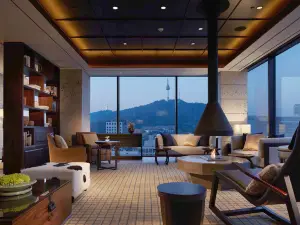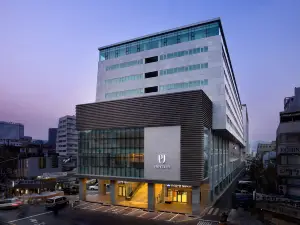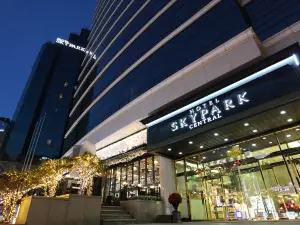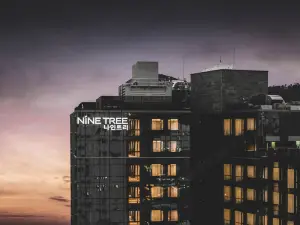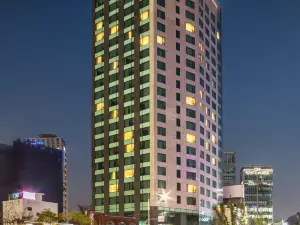2025 South Korea Travel Guide: Weather, Transportation, Popular Attractions, and Everything You Need (Updated 2025 4)
About South Korea
Recommended trip: 5–10 day(s)
Recommended trip: 5–10 day(s)South Korea Local Experiences Map
South Korea Local Travel Guide 2025
South Korea Brief Guide
South Korea, a nation that vibrantly combines ancient traditions with cutting-edge modernity, stands as a captivating destination for travelers. South Korea takes pride in its prominent landmarks such as Gyeongbokgung Palace, renowned for its historical significance and allure, and the modern marvel of Lotte World Tower, offering panoramic views of Seoul. Additionally, the traditional Bulguksa Temple represents a spiritual heritage steeped in tranquility and architectural beauty. These sites exemplify the country's diverse attractions that cater to all interests. The cultural depth of South Korea is further enriched by its culinary landscape. The country is celebrated for its distinctly flavorful and health-conscious cuisine, with traditional dishes like bibimbap and Korean BBQ which reflect the communal spirit in Korean culture. The vibrant capital city, Seoul, offers a plethora of activities, from serene walks in Bukchon Hanok Village where traditional Korean houses are preserved, to the bustling streets of modern marketplaces. Whether exploring ancient palaces or indulging in modern Korean cuisine, South Korea presents a rich tapestry of experiences that blend tradition with modernity seamlessly.
South Korea Best Time To Visit
The best time to visit South Korea is during the spring months of March to May and the autumn months of September to November. Spring offers pleasant temperatures and an enchanting view of cherry blossoms, particularly vibrant in areas like Gyeongju and Seoul. This season is ideal for outdoor activities and enjoying local festivals and events. Autumn is praised for its comfortable weather and stunning autumn foliage, making it perfect for hiking and capturing photography at various national parks. Both seasons provide a balanced climate that enhances the overall travel experience by allowing tourists to explore comfortably and witness South Korea's natural beauty in full bloom or rich hues.
South Korea Must-try Local Experiences
1. Discover Seoul's Iconic Landmarks Explore Gyeongbokgung Palace, stroll through Bukchon Hanok Village, and enjoy the bustling atmosphere of Myeongdong. Ascend N Seoul Tower for panoramic city views, perfect for photos during sunset or at night. 2. Journey to Jeju Island's Natural Wonders Hike up Mount Hallasan, explore Manjanggul Lava Tube, and relax on Jeju Island's beautiful beaches. 3. Visit the Bustling Myeong-dong District and Dongdaemun Myeong-dong is a vibrant shopping district known for its street food, fashion boutiques, and skincare shops. Dongdaemun Design Plaza is a major shopping and cultural hub known for its futuristic architecture and fashion shops. 4. Dress in a Hanbok Rent a Hanbok and explore historical sites like Bukchon Hanok Village or Gyeongbokgung Palace, capturing memorable photos. 5. Watch a Nanta Performance Enjoy Nanta, a non-verbal performance combining traditional Korean rhythms with modern comedy and drama. 6. Witness the Cherry Blossoms in Spring Visit Yeouido Hangang Park or Jinhae in spring to see cherry blossoms in full bloom and enjoy related festivals. 7. Bask in the Autumn Foliage Visit Naejangsan or Seoraksan National Park in autumn to see vibrant foliage and hike scenic trails. 8. Attend the Boryeong Mud Festival Held every July, the Boryeong Mud Festival offers mud baths, mudslides, and various mud-related activities. 9. Savor the Flavors of Korean Cuisine Enjoy Korean BBQ, kimchi, bibimbap, and street food like tteokbokki and hotteok. Experience traditional Korean beverages like makgeolli, soju, and various herbal teas. 10. Capture the Beauty of Gamcheon Culture Village Explore Gamcheon Culture Village in Busan for colorful houses, murals, and panoramic city views. 11. Photograph the Han River at Night The Han River is picturesque at night with illuminated bridges and buildings, ideal for capturing Seoul's essence.
South Korea Travel Tips
1. Temple Etiquette: When visiting temples such as Bulguksa or Jogyesa, dress modestly and avoid loud conversations. Photography may be restricted in certain areas, so always ask for permission before taking pictures. Additionally, avoid wearing bright colors, heavy makeup, or strong perfumes. Always remove your shoes before entering temple buildings and be mindful of areas where speaking is prohibited. 2. Typhoon Season Precautions: Typhoon season typically runs from July to September. Stay informed about weather forecasts and follow local authorities' advice if a typhoon is approaching. Stay indoors during the typhoon, avoid floodwaters and coastal areas, and evacuate through safe routes avoiding riversides or mountain passes. 3. Taxi Safety for Women: Female travelers can use 'Waygo Lady' taxis in Seoul, driven by women for women, for added safety when traveling alone at night. These taxis also accommodate boys below middle school age and are equipped with child car seats. Book through apps or designated taxi stands. 4. Drone Regulations: Flying drones is restricted in many areas, especially near airports, military zones, and crowded places. Most of Seoul is prohibited airspace. Always check local regulations and obtain necessary permits before using a drone. 5. No Tipping Culture: Tipping is not customary in South Korea, and service charges are usually included in the bill.
South Korea Transportation
South Korea is predominantly accessed by air and sea. The primary aviation gateway is Incheon International Airport, which majorly serves international travelers and is often listed as "Seoul Incheon" on departure boards. Another significant airport is Busan Gimhae International Airport. For sea travel, prominent ports like Incheon, Busan, and Donghae facilitate ferry services to nearby countries such as Japan, China, and Russia.
South Korea Best cities to visit
Located in the north of Jeju Island, Jeju City is the seat of government of the Jeju Special Self-Governing Province. This famous South Korean travel destination sits in the northern foothills of Hallasan, the highest mountain in South Korea. Jeju City's tourism industry is extremely developed because of its location as a transportation hub. Major tourist attractions within the city include the volcano Seongsan IIchulbong (“Sunrise Peak”); Samsungheyol, where the mythical demigod founders of Jeju emerged from the earth; and Hallasan National Park.
South Korea Useful Guide
When visiting South Korea, it's crucial to be aware of essential emergency contact numbers for timely assistance. In case of fire, medical emergencies, or to call an ambulance, dial 119. For police assistance in urgent situations, the number to contact is 112. For tourist-related queries or language translation services, you can reach out to the Tourist Information Center at 1330. Ensure you have these numbers saved on your mobile device or kept handy for immediate access. Staying informed about these contacts can provide a vital connection in any unexpected situation.
Trip.Best: South Korea
Popular Destinations

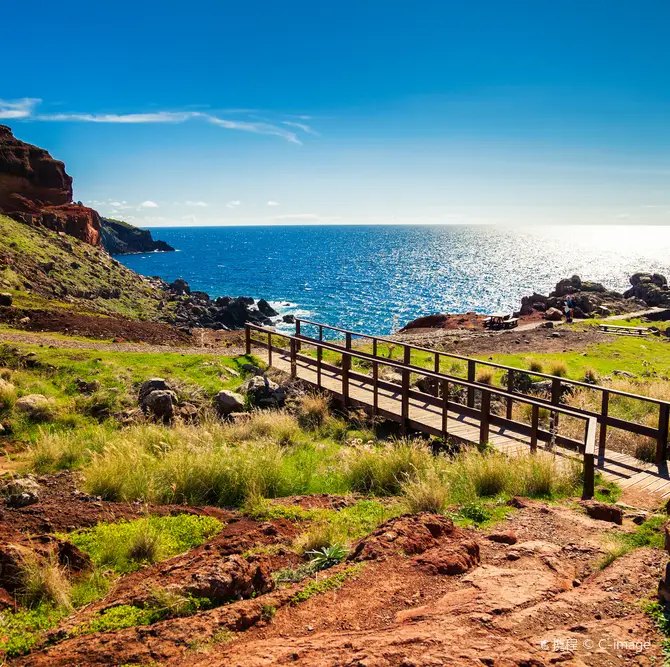

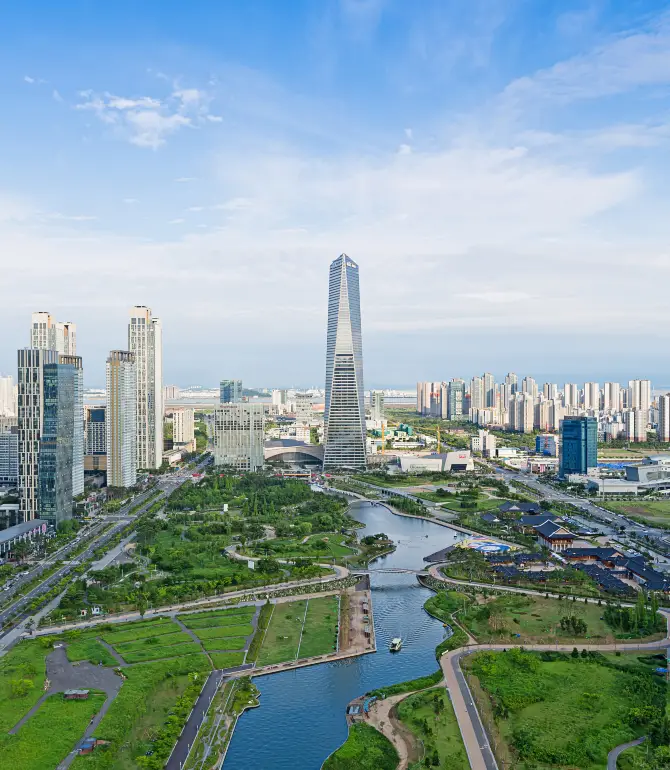
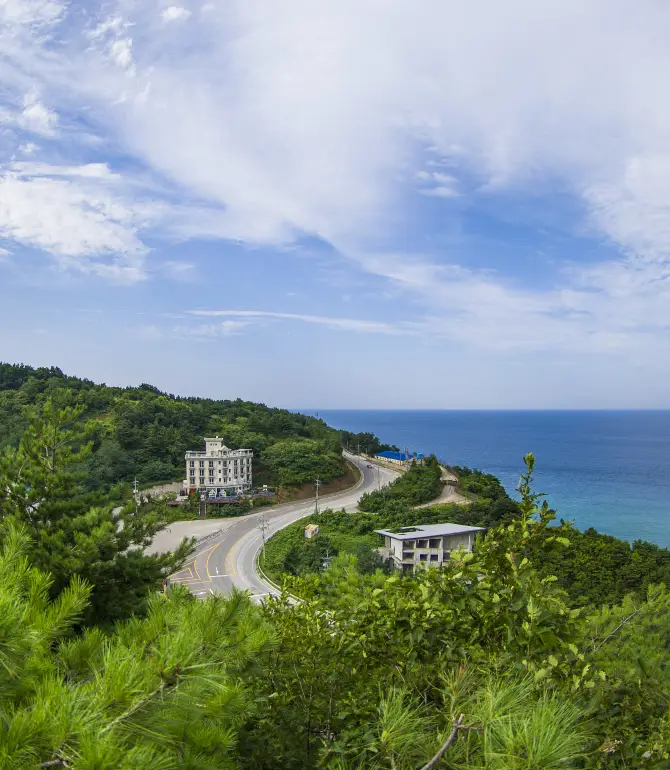
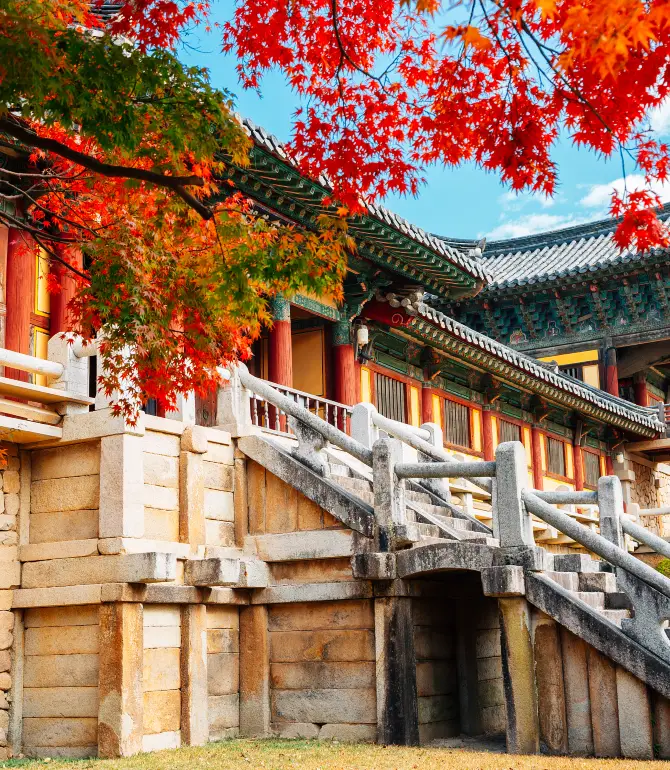
Things to do in South Korea
What to Do
What to Eat
South Korea Moments: Through Travelers' Eyes

Busan Sky Capsule: A Scenic Ride Along Korea’s Coastline

Top Spring Destinations in Korea🌸

Pohang | A Date with the Sea: Your Comprehensive Guide to an Off-the-Beaten-Path Adventure

Not Iceland! It’s South Korea!

5-Day South Korea Trip: Explore Popular Attractions for Just CNY 3,000 per Person

Sacheon, South Korea is a must-visit!

2025 Seoul Spring Cherry Blossom Guide | 4 Must-See Spots

The most beautiful library in Korea 📚
Best of South Korea
Site Operator: Trip.com Travel Singapore Pte. Ltd.
